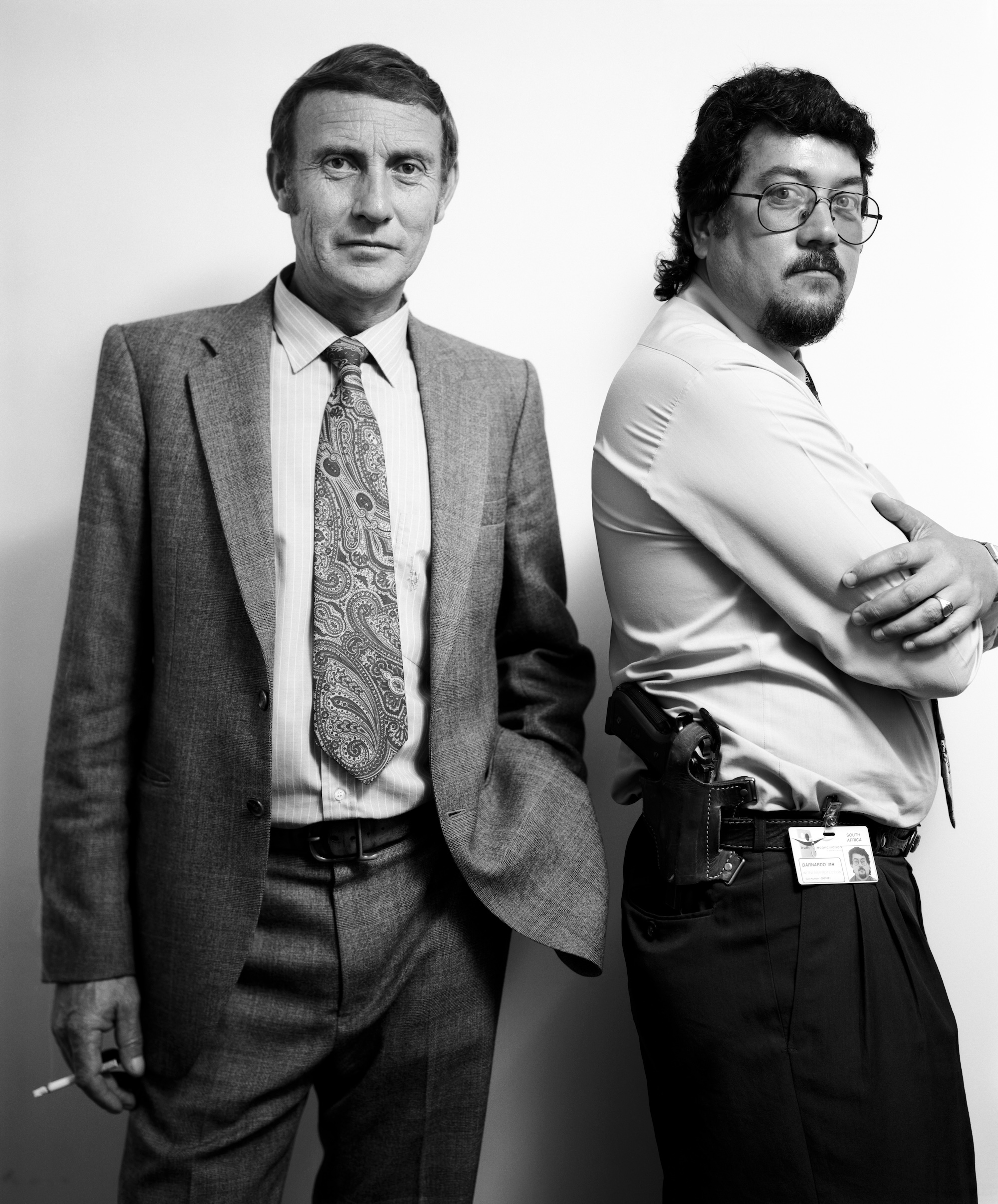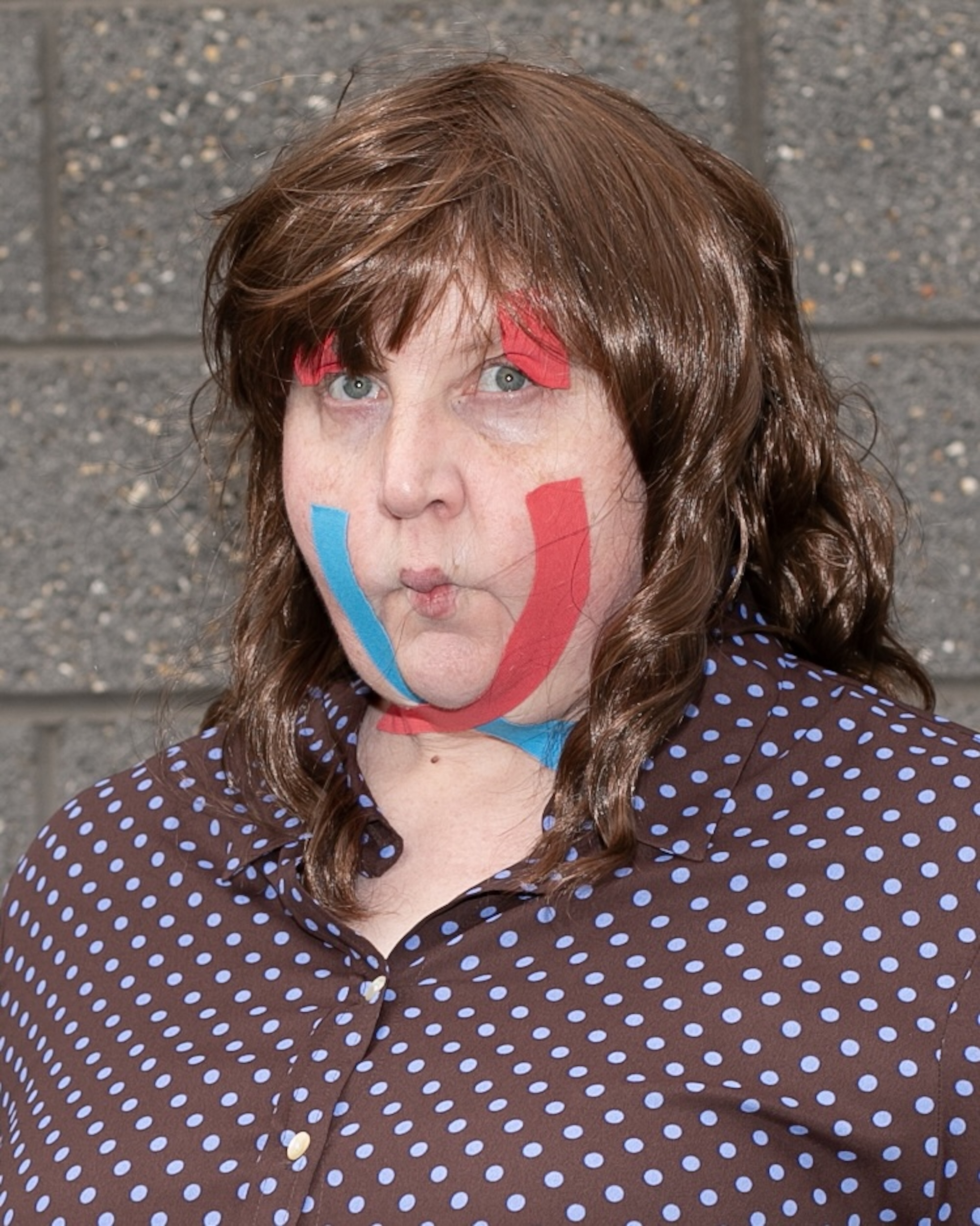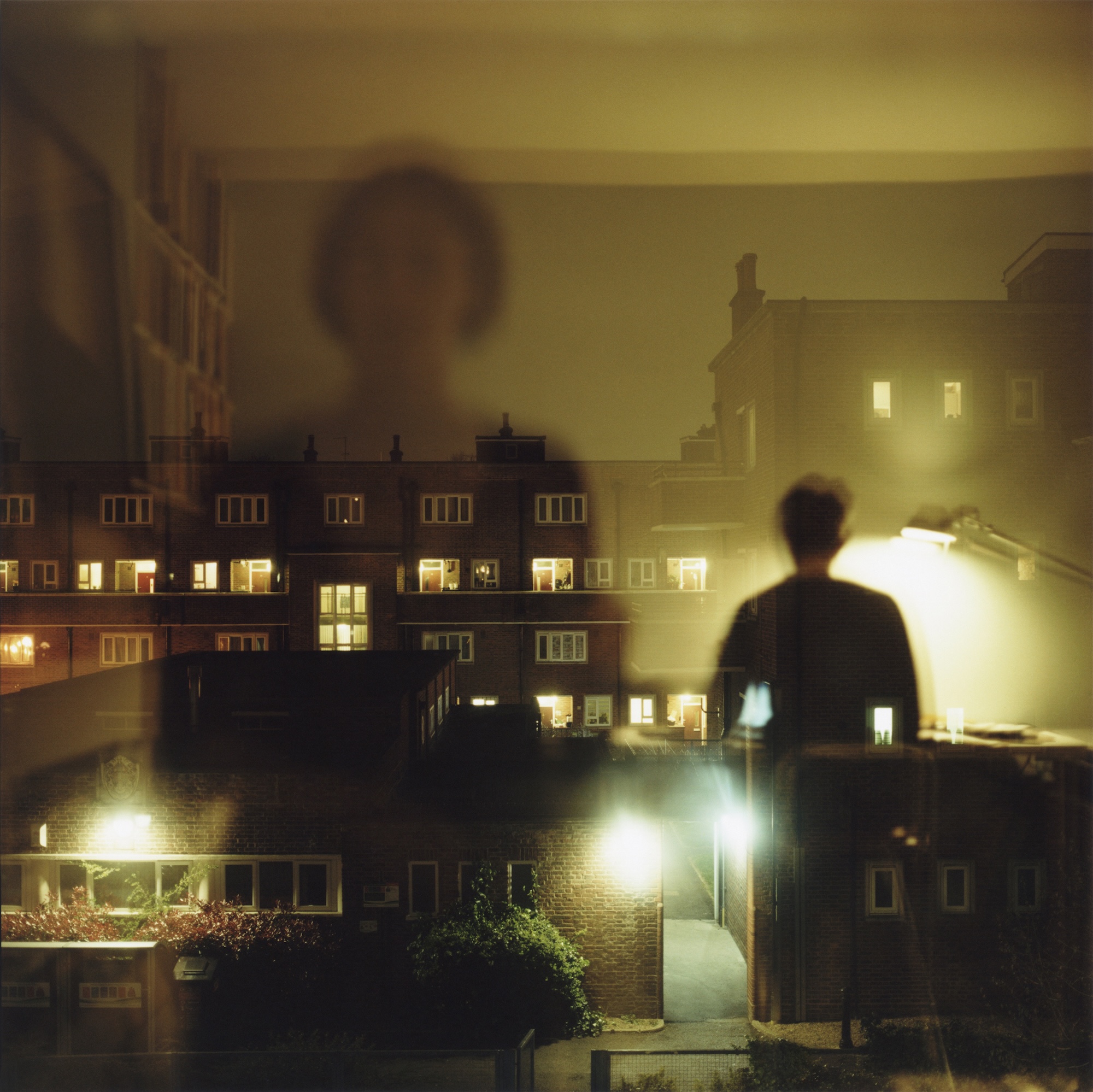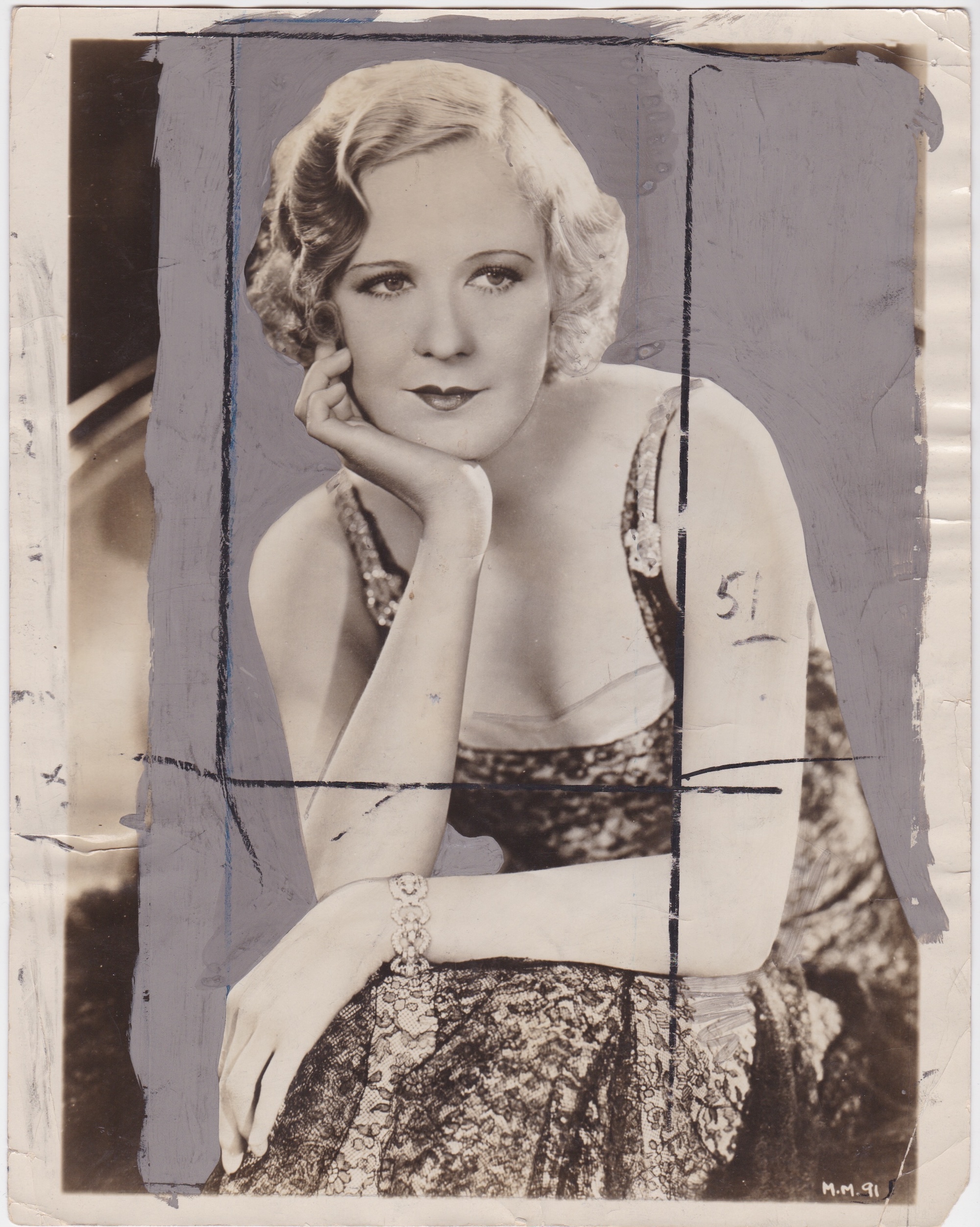Marilyn Miller, 1931 by unknown photographer (Associated Press, USA). On show in the exhibition Surface Tension, curated by Geoffrey Batchen
Founded in 2013 and with new director Katy Barron in charge, biennial international photography festival Photo Oxford returns with a theme that aims for both inclusivity and depth
The camera lies. This is not a novel observation, but in our current era, amidst an AI revolution, fake news proliferation and social media performativity, the question of truth feels especially relevant. Taking place from 25 October to 16 November, the latest edition of Photo Oxford is themed Truth, and explores photography’s relationship with it via exhibitions and talks across the city and a one-day symposium at the Bodleian Library. “Within truth comes the idea of trust. What can we trust? What can we believe?” asks Katy Barron. This is her first festival as director, having taken up the post in March 2024.
Past themes at Photo Oxford have included women and photography and the power of the archive, and the festival has already established a good reputation, she says. “We want to build on that by reaching a broader audience, working with community partners, and further embedding ourselves within the photographic community in Oxford, as well as other communities in the city,” she says. “Truth is also an open word – it’s easy to understand. I don’t like festivals where the themes are obscure or hard to engage with; I think they can be very exclusionary. I wanted a theme that is broad, inclusive, but also has potential for depth.”
Even so, there is a lot to unpack in that single word. At the Old Fire Station exhibitions by Heather Agyepong, Lydia Goldblatt and Jenny Lewis will speak of the subjective truth of lived, interior experiences, while Jillian Edelstein’s Truth & Lies at North Wall Gallery will use words and images to explore the Truth and Reconciliation Commission hearings at the end of the apartheid regime in South Africa. It includes her portrait of Gideon Johannes Nieuwoudt and Mike Bernardo, for example; Nieuwoudt was one of five security policemen who confessed to beating Steve Biko into a coma during an interrogation. Biko died after the assault in Pretoria on 12 September 1977, and in 1997 his family successfully opposed Nieuwoudt’s application for amnesty.
“[Jillian] photographed and interviewed both victims and perpetrators – people who were speaking their truth as part of a process meant to help the country move forward together,” Barron explains. “As with all of Jillian’s work, the images are exceptional. The accompanying texts are extremely powerful – and often very disturbing. This body of work represents truth in multiple ways: individuals telling their personal truths, and the truth that photography itself can reveal.”

“We want this to be a grown-up festival that embraces complexity”
Geoffrey Batchen, professor of the history of art at Trinity College, is curating Surface Tension, a group exhibition at Kendrew Barn Gallery, St John’s College, mostly drawn from his personal collection. Beginning with early daguerreotypes and moving through to contemporary works, it explores the materiality of the photographic surface, the idea of where the image is held. “The truth of the image is often found in what the photographer has done to the surface: the surface of the daguerreotype, the negative, the print,” says Barron. “This is something people don’t often think about when they consider ‘truth’.”
A contemporary festival about truth would not be complete without considering AI, and Photo Oxford will exhibit work by two artists confronting it head-on: Haley Morris-Cafiero and Michael Christopher Brown, both on show at Maison Francaise d’Oxford. For What Does an Ideal Employee Look Like? Morris-Cafiero collaborated with web developers to mimic current employment software that analyses faces to generate employability metrics. “She uses her own face, manipulating it to show how the metrics shift as she appears to move closer to the so-called ‘ideal’ employee,” says Barron.


“The software relies on a specific set of training data, which exposes the troubling biases embedded in both the data and the metrics. As Haley alters her face, the metrics change in real time. The work also references phrenology and 19th-century pseudoscientific ideas around race and eugenics,” she says. “The public will be able to interact with it, placing their own faces in front of the software to see the results.”
Michael Christopher Brown used AI in his series 90 Miles, to depict Cubans travelling to Florida for work. Conscious he needed to protect their identities, it was a way to show them without showing them, in combination with documentary materials. “In this case, AI is used to tell a story that otherwise couldn’t be told safely,” Barron explains. “It’s actually a powerful example of how AI can be used in a positive, thoughtful way. In neither of our AI-focused shows are we simply generating images from prompts. That, to me, isn’t especially interesting. Instead we’re trying to interrogate how AI can be used.”
Accompanying the exhibitions programme are panels, artist conversations, portfolio reviews, film screenings and events, including a symposium, a chance to theoretically drill down into the theme which will include a paper from BJP editor Diane Smyth. “I see it as an opportunity to really explore the question of truth, to have meaningful conversations, and to learn something along the way,” says Barron. “We want this to be a grown-up festival that embraces complexity.”

Photo Oxford takes place from 25 October to 16 November 2025. photooxford.org

